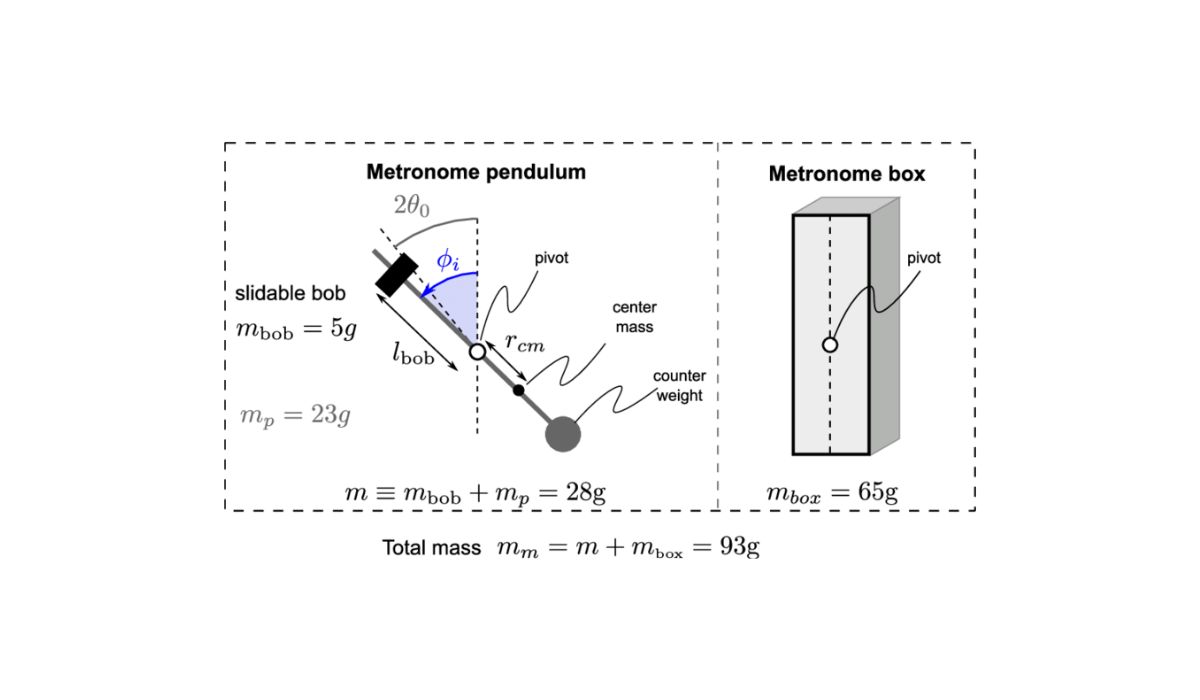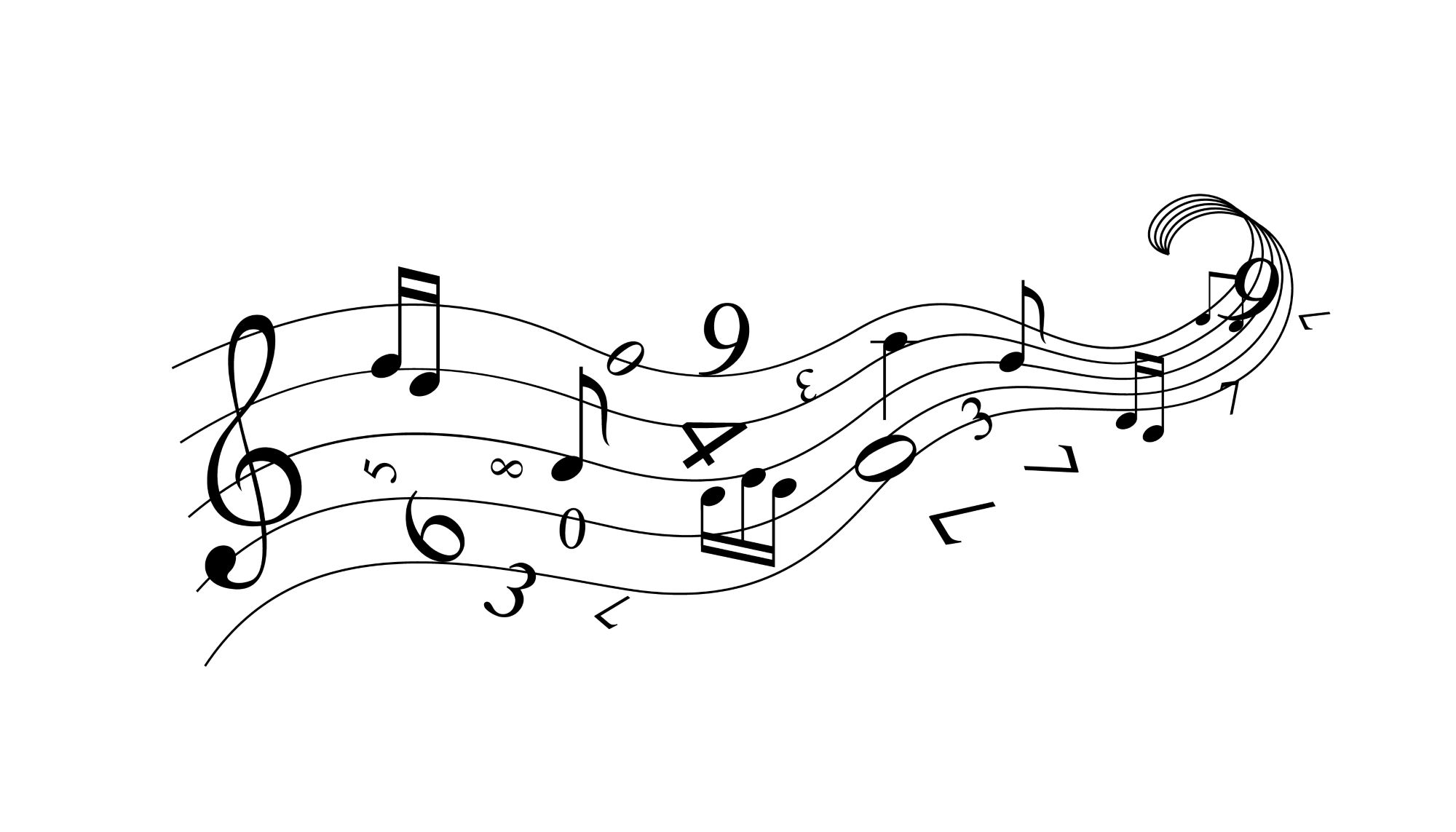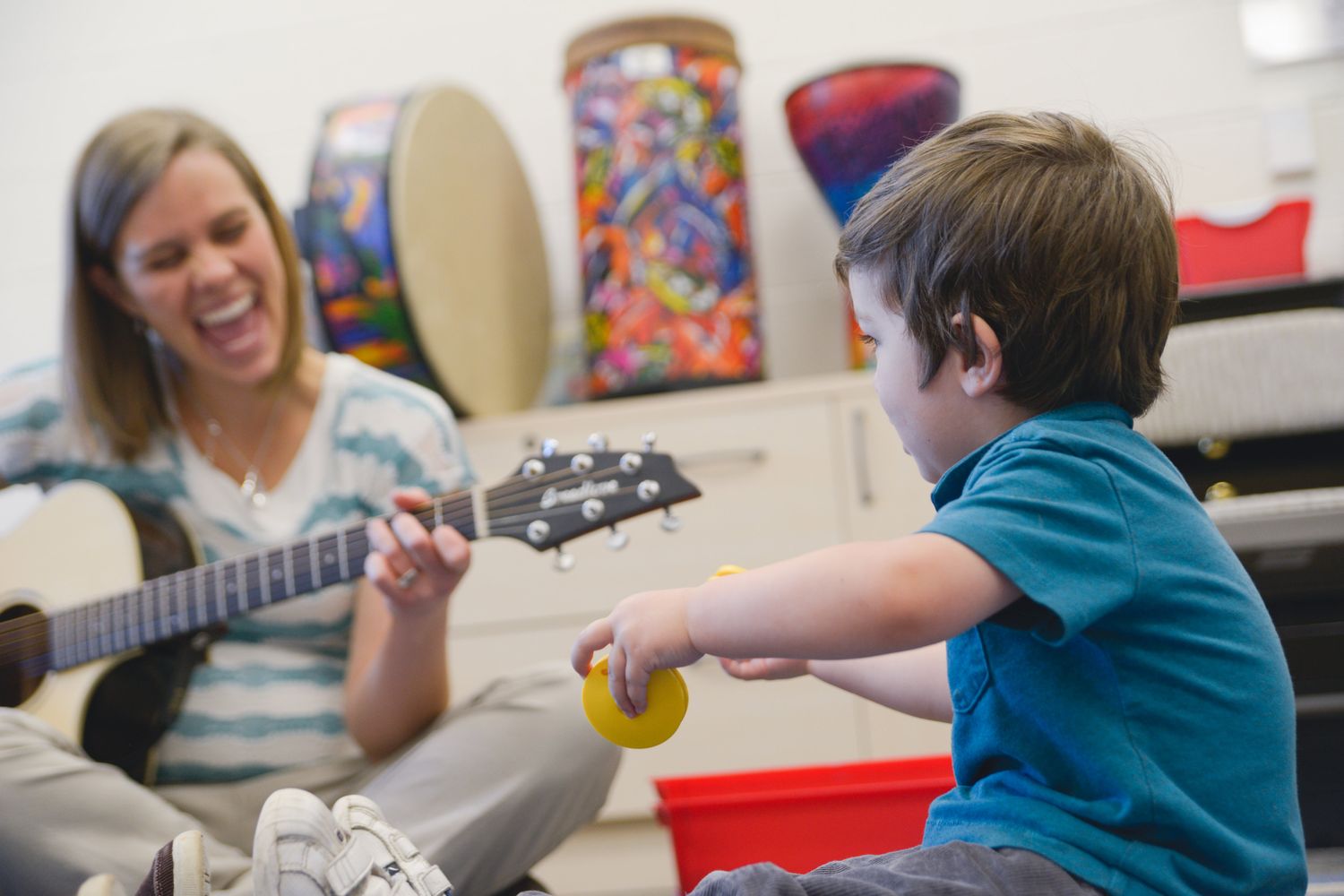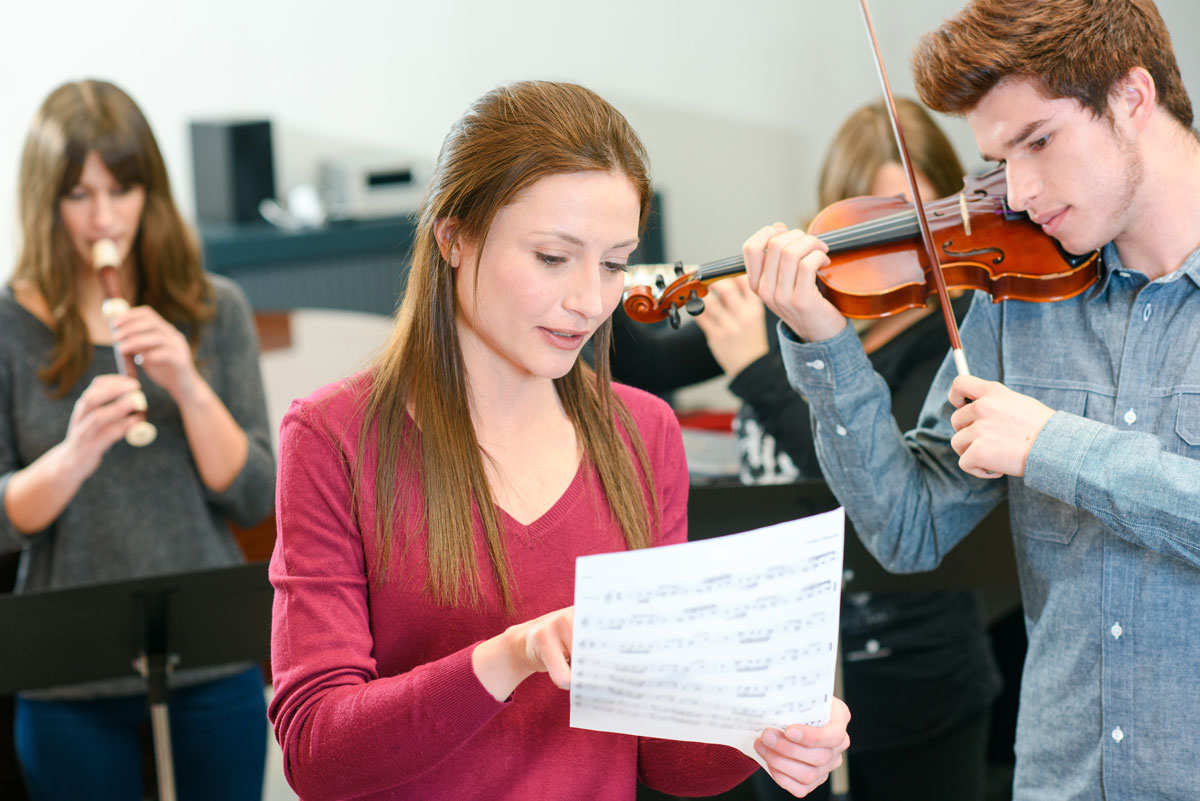Home>Events & Info>Music Therapy>How Does Music Therapy Help With Physical Rehabilitation?
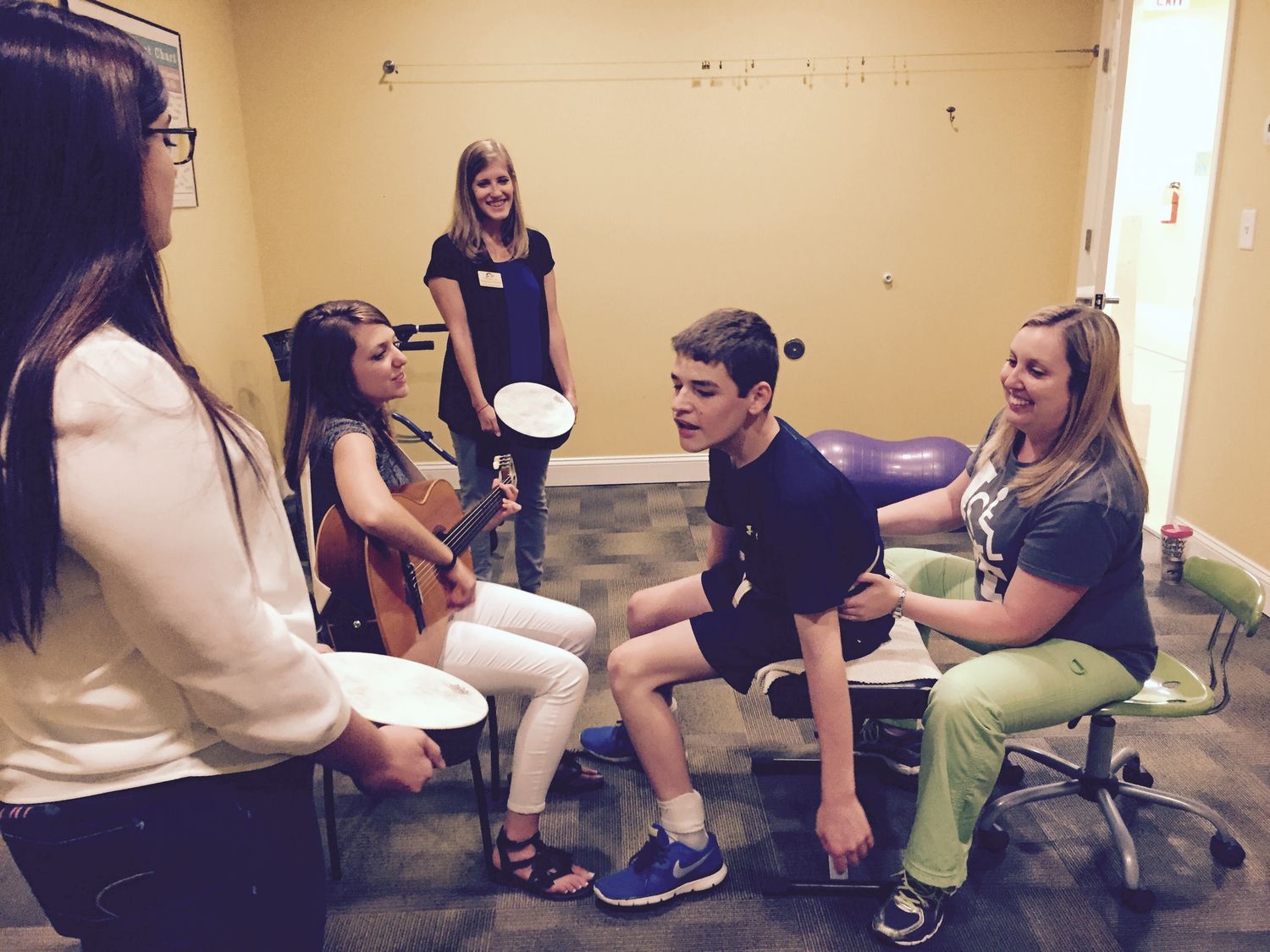

Music Therapy
How Does Music Therapy Help With Physical Rehabilitation?
Published: February 2, 2024
Music therapy aids in physical rehabilitation by utilizing therapeutic musical interventions to improve motor skills, enhance coordination, and alleviate pain. Discover the benefits of music therapy today!
(Many of the links in this article redirect to a specific reviewed product. Your purchase of these products through affiliate links helps to generate commission for AudioLover.com, at no extra cost. Learn more)
Table of Contents
- Introduction
- What is Music Therapy?
- The Role of Music Therapy in Physical Rehabilitation
- Benefits of Music Therapy for Physical Rehabilitation
- Use of Music Therapy in Specific Rehabilitation Areas
- Case Studies and Success Stories
- How to Incorporate Music Therapy into Physical Rehabilitation Programs
- Potential Challenges and Limitations of Music Therapy in Physical Rehabilitation
- Conclusion
Introduction
Music has always been a powerful form of expression and therapy. It has the ability to evoke emotions, uplift spirits, and bring people together. But did you know that music can also play a significant role in physical rehabilitation? Music therapy, a specialized discipline that uses music as a therapeutic tool, has been gaining recognition for its effectiveness in helping individuals recover from various physical conditions and injuries.
Music therapy is a holistic approach that combines the art of music with the science of therapy. Certified music therapists use a range of techniques, including listening to music, creating music, singing, and playing instruments, to address the physical, emotional, cognitive, and social needs of patients. By harnessing the power of music, these therapists can facilitate healing, improve physical functioning, and enhance overall well-being.
In the realm of physical rehabilitation, music therapy has emerged as a valuable adjunct treatment that complements traditional therapies such as physiotherapy and occupational therapy. It can be used in a variety of settings, including hospitals, rehabilitation centers, and home care, to support individuals recovering from injuries, surgeries, neurological conditions, and chronic pain.
In this article, we will explore how music therapy can help with physical rehabilitation. We will delve into the role of music therapy in the recovery process, the specific benefits it offers, and how it can be incorporated into rehabilitation programs. We will also examine real-life case studies and success stories to illustrate the practical application and effectiveness of music therapy.
Whether you are a healthcare professional, someone undergoing physical rehabilitation, or simply curious about the benefits of music therapy, this article aims to provide you with comprehensive insights into how this unique therapeutic approach can facilitate healing and improve outcomes.
What is Music Therapy?
Music therapy is a specialized discipline that uses music as a therapeutic tool to address the physical, emotional, cognitive, and social needs of individuals. It is based on the understanding that music has the power to stimulate the brain, evoke emotions, and promote healing.
Certified music therapists, who have undergone rigorous training and education, use various techniques to engage their clients in musical activities. These activities may include listening to music, singing, playing musical instruments, songwriting, and improvisation.
The music therapist assesses the unique needs of each individual and develops a tailored plan to address those needs. They may work one-on-one with a client or in group settings, depending on the therapeutic goals and the preferences of the individuals involved.
Unlike music lessons or entertainment, music therapy focuses on the therapeutic process rather than the musical outcome. The goal is not to produce a polished performance, but rather to use the power of music to improve physical and mental well-being.
Music therapy can be beneficial for individuals of all ages, ranging from infants to the elderly. It is used in a variety of settings, including hospitals, rehabilitation centers, schools, and community centers.
Through music therapy, individuals can experience a wide range of benefits, including increased relaxation, improved mood, enhanced motivation, enhanced communication skills, and improved physical coordination.
Overall, music therapy offers a unique and versatile approach to healing and growth. It goes beyond the limitations of traditional therapy methods and taps into the universal language of music to facilitate positive changes in individuals’ lives.
The Role of Music Therapy in Physical Rehabilitation
Music therapy plays a crucial role in physical rehabilitation by addressing the physical, emotional, and social aspects of recovery. It can be used as a supplement to traditional therapies to enhance outcomes and improve overall well-being during the rehabilitation process.
One of the primary roles of music therapy in physical rehabilitation is to help individuals regain and improve their physical functioning. Music has a unique ability to activate and stimulate the brain, which can benefit those recovering from neurological conditions, brain injuries, or strokes. By engaging individuals in rhythmic activities, such as drumming or playing instruments, music therapy can facilitate motor skills development, improve coordination, and promote muscle strength and control.
Music therapy also helps in managing pain and discomfort experienced during the rehabilitation process. Listening to music or engaging in music-making activities has been shown to release endorphins, the body’s natural painkillers, and distract individuals from their physical discomfort. This can reduce reliance on pain medication and improve overall well-being.
Emotional and psychological well-being are also important aspects of physical rehabilitation. Music therapy provides a safe and expressive outlet for individuals to process and cope with their emotions. It can help reduce anxiety, stress, and depression that often accompany physical injuries or chronic pain. Through songwriting, lyric analysis, and other therapeutic techniques, individuals can explore and express their emotions in a supportive environment.
Social interaction and communication skills are often disrupted during the rehabilitation process, especially in cases where individuals have limited mobility or speech impairments. Music therapy promotes social engagement and communication by encouraging individuals to participate in group music-making activities. It can improve interpersonal skills, foster a sense of belonging, and provide opportunities for meaningful social connections with peers and therapists.
Furthermore, music therapy can enhance cognitive functioning and memory in individuals undergoing physical rehabilitation. Research has shown that music stimulates multiple areas of the brain, which can improve attention, concentration, and memory retrieval. This is particularly beneficial for individuals who have experienced cognitive impairments due to brain injuries or neurological conditions.
In summary, music therapy plays a multifaceted role in physical rehabilitation. It can improve physical functioning, manage pain, enhance emotional well-being, promote social interaction, and boost cognitive skills. By integrating music therapy into rehabilitation programs, healthcare professionals can provide a holistic approach to healing and support individuals in achieving their recovery goals.
Benefits of Music Therapy for Physical Rehabilitation
Music therapy offers a wide range of benefits for individuals undergoing physical rehabilitation. Its unique blend of musical engagement and therapeutic techniques can contribute to improved outcomes and overall well-being. Here are some key benefits of music therapy in the context of physical rehabilitation:
- Pain Management: Music therapy has been shown to reduce pain perception and improve pain management. Listening to music or engaging in music-making activities can help distract individuals from their physical discomfort, release endorphins, and promote relaxation. This can result in decreased reliance on pain medication and a more comfortable rehabilitation experience.
- Motivation and Engagement: Music has a powerful effect on our emotions and can act as a motivational tool during rehabilitation. Incorporating music into therapy sessions can enhance motivation and engagement, making the rehabilitation process more enjoyable and stimulating. This increased motivation can lead to improved adherence to therapy plans and better overall progress.
- Mood Enhancement: Music has the ability to evoke emotions and influence mood. Music therapy can help individuals experiencing feelings of depression, anxiety, or frustration associated with physical rehabilitation. Through the selection of appropriate music and therapeutic techniques, music therapists can uplift mood, promote relaxation, and provide a positive emotional outlet for individuals.
- Improved Physical Functioning: Music therapy can assist in improving physical functioning and motor skills. Rhythmic activities, such as drumming, dancing, or playing instruments, can help with motor coordination, muscle strength, and control. The repetitive nature of music can also facilitate movement and balance, supporting individuals in regaining their physical abilities.
- Sensory Stimulation and Integration: Music stimulates multiple senses simultaneously, providing rich sensory experiences. This can be particularly beneficial for individuals with sensory impairments or neurological conditions. Music therapy can help integrate sensory information, improve sensory processing, and enhance overall sensory-motor integration during the rehabilitation process.
- Enhanced Cognitive Functioning: Music therapy has been shown to have a positive impact on cognitive functioning, attention, and memory. Engaging in music-making activities activates various parts of the brain, promoting cognitive stimulation and neural connections. This can be especially beneficial for individuals who have experienced cognitive impairments due to brain injuries or neurological conditions.
- Social Interaction and Support: Physical rehabilitation can sometimes be isolating, but music therapy provides opportunities for social interaction and support. Group music-making activities allow individuals to connect with peers, therapists, and caregivers. This social engagement can improve communication skills, foster a sense of belonging, and provide emotional support during the rehabilitation journey.
The benefits of music therapy in physical rehabilitation are multifaceted, addressing physical, emotional, cognitive, and social dimensions of the healing process. By incorporating music therapy into rehabilitation programs, individuals can experience holistic support and maximize their potential for recovery and well-being.
Use of Music Therapy in Specific Rehabilitation Areas
Music therapy can be applied to various rehabilitation areas to support individuals in their recovery journey. Here are some specific areas where music therapy has shown promise:
- Neurological Rehabilitation: Music therapy is widely used in the rehabilitation of individuals with neurological conditions such as strokes, traumatic brain injuries, and Parkinson’s disease. It can help improve motor coordination, speech and language abilities, and cognitive functioning. Rhythmic auditory stimulation, where movements are synchronized with music beats, has been particularly effective in promoting gait retraining and functional movement in individuals with neurological impairments.
- Orthopedic Rehabilitation: For individuals recovering from orthopedic injuries or surgeries, music therapy can be utilized to manage pain, improve range of motion, and enhance motor skills. By incorporating music into exercises and movement routines, individuals may experience increased motivation and focus, leading to better outcomes in their rehabilitation process.
- Cardiac Rehabilitation: Music therapy has been found to be beneficial in cardiac rehabilitation programs, helping individuals recovering from heart-related conditions. Music can promote relaxation, reduce anxiety, and lower blood pressure and heart rate. It can also act as a distraction during exercise sessions, making them more enjoyable and engaging.
- Rehabilitation for Chronic Pain: Chronic pain can have a significant impact on an individual’s quality of life. Music therapy offers a non-pharmacological approach to managing pain and improving overall well-being. By engaging in relaxing music or participating in music-making activities, individuals can experience pain relief, decreased stress, and improved mood.
- Pediatric Rehabilitation: Music therapy has proven to be highly effective in pediatric rehabilitation settings. It can help children with developmental delays, physical disabilities, or chronic illnesses to reach their therapeutic goals. Through playful and engaging musical activities, children can enhance their motor skills, communication abilities, and social interactions.
- Mental Health and Addiction Recovery: Music therapy can be incorporated into mental health and addiction recovery programs to promote emotional expression, reduce anxiety and depression, and enhance coping skills. It provides a creative outlet for individuals to express their emotions, develop healthy coping strategies, and build a sense of self-empowerment.
These are just a few examples of how music therapy can be applied to specific rehabilitation areas. The versatility of music therapy allows it to be tailored to the unique needs of individuals in various stages of rehabilitation, helping them regain their physical abilities, improve well-being, and optimize their overall recovery process.
Case Studies and Success Stories
There are numerous case studies and success stories that highlight the effectiveness and positive impact of music therapy in physical rehabilitation. Here are a few remarkable examples:
- Case Study 1: Stroke Rehabilitation: John, a 65-year-old man, suffered a stroke that left him with limited mobility and difficulty speaking. Music therapy was integrated into his rehabilitation program to aid his recovery. Through rhythmic auditory stimulation and sing-alongs, John regained his ability to walk independently and improved his speech and language skills. The music provided a structure for his movements and helped activate his brain’s motor pathways, leading to significant progress in his rehabilitation journey.
- Case Study 2: Orthopedic Injury: Sarah, a young athlete, underwent surgery for a severe knee injury. As part of her rehabilitation, music therapy was incorporated into her physical therapy sessions. Alongside exercises, Sarah engaged in music-based activities that matched her therapeutic goals. The rhythmic beats and melodies helped her stay motivated, focused, and positive throughout her recovery process. Music therapy not only aided her physical healing but also provided emotional support during this challenging period.
- Success Story 1: Parkinson’s Disease: Michael, an individual living with Parkinson’s disease, participated in a specialized music therapy program. The program focused on rhythm and movement exercises, singing, and drumming. Over time, Michael noticed significant improvements in his motor functioning, balance, and coordination. The music therapy sessions not only provided physical benefits but also boosted his emotional well-being, connecting him with others facing similar challenges.
- Success Story 2: Chronic Pain Management: Lisa, who suffered from chronic back pain, sought music therapy as an alternative approach to pain management. Through guided relaxation techniques, listening to soothing music, and creating her own melodies, Lisa experienced a reduction in her pain perception and an improvement in her overall quality of life. The music therapy sessions became an integral part of her daily routine, providing her with a natural and enjoyable way to cope with her chronic pain.
- Success Story 3: Pediatric Rehabilitation: Emily, a young child with cerebral palsy, underwent music therapy as part of her rehabilitation program. Through interactive music-making activities, Emily developed gross and fine motor skills, improved her communication abilities, and increased her self-confidence. The engaging and playful nature of music therapy made her rehabilitation sessions enjoyable and helped her achieve significant milestones in her physical and cognitive development.
These case studies and success stories demonstrate the transformative impact of music therapy in physical rehabilitation. They highlight how music therapy can enhance physical functioning, reduce pain, improve emotional well-being, and provide a creative and enjoyable approach to rehabilitation.
It is important to note that each individual’s experience and progress are unique, and the effectiveness of music therapy may vary. However, these stories serve as inspirations and reminders of the potential benefits that music therapy can offer in the journey of physical recovery and rehabilitation.
How to Incorporate Music Therapy into Physical Rehabilitation Programs
Incorporating music therapy into physical rehabilitation programs requires careful planning and collaboration between healthcare professionals and certified music therapists. Here are some key considerations for integrating music therapy into the rehabilitation process:
- Assessment and Goal Setting: Conduct a thorough assessment of the individual’s needs, goals, and preferences. Determine how music therapy can complement existing rehabilitation strategies and tailor the treatment plan accordingly.
- Collaboration with the Healthcare Team: Establish open communication and collaboration between music therapists, physiotherapists, occupational therapists, and other healthcare professionals. This ensures that music therapy aligns with the overall treatment plan and complements the specific goals of the rehabilitation program.
- Customized Music-Based Activities: Design music-based activities that align with the individual’s rehabilitation goals. These activities may include rhythmic exercises, instrument playing, vocal exercises, and therapeutic songwriting. Customize the music selection to match the individual’s preferences and create a positive and motivating environment.
- Incorporating Music into Existing Exercises: Integrate music into existing exercise routines and therapy sessions. For example, using music with a steady beat to synchronize movements during gait training or incorporating music into stretching and range of motion exercises. This combination can enhance engagement, motivation, and overall enjoyment of the rehabilitation process.
- Group Sessions and Community Integration: Offer group music therapy sessions to promote social interaction, camaraderie, and mutual support among individuals undergoing rehabilitation. This creates a sense of community and fosters emotional well-being. Additionally, consider opportunities for individuals to participate in community music events or performances to enhance their sense of achievement and integration into wider social settings.
- Therapeutic Techniques: Employ various music therapy techniques, such as lyric analysis, music listening, improvisation, and relaxation exercises, to address emotional well-being, stress reduction, pain management, and cognitive stimulation. These techniques can enhance the overall therapeutic impact of music therapy on the rehabilitation process.
- Progress Monitoring and Evaluation: Regularly monitor and evaluate the progress of individuals participating in music therapy. Assess the impact of music therapy on their physical, emotional, and cognitive functioning and adjust the treatment plan accordingly. Collaborate with the healthcare team to ensure that the incorporation of music therapy aligns with the overall rehabilitation goals.
By incorporating music therapy into physical rehabilitation programs, individuals can experience the unique benefits that music offers in the healing process. The integration of music therapy enhances motivation, engagement, and emotional well-being, ultimately supporting individuals in achieving their rehabilitation goals and improving their overall quality of life.
Potential Challenges and Limitations of Music Therapy in Physical Rehabilitation
While music therapy can offer numerous benefits in physical rehabilitation, there are also potential challenges and limitations to consider. It is important to be aware of these factors to ensure the effective and appropriate use of music therapy in the rehabilitation process:
- Individual Variability: Each individual responds differently to music therapy, and what works for one person may not have the same effect on another. The effectiveness of music therapy can depend on factors such as personal preferences, musical background, cognitive abilities, and cultural influences. It is essential to assess and cater to the specific needs and preferences of each individual to optimize the outcomes.
- Research and Evidence: While there is a growing body of research supporting the benefits of music therapy in physical rehabilitation, further research is still needed to solidify its effectiveness and provide specific guidelines for implementation. However, the existing evidence and numerous success stories demonstrate the potential of music therapy as a valuable adjunct to traditional rehabilitation approaches.
- Therapist Training and Expertise: Music therapists need to have appropriate training, certification, and experience to effectively incorporate music therapy into physical rehabilitation programs. This ensures that they have a deep understanding of both music and therapeutic techniques, as well as the ability to adapt interventions to meet the specific needs of each individual. Collaboration with other healthcare professionals is crucial to ensure a coordinated approach to rehabilitation.
- Accessibility and Cost: Access to music therapy services and resources can vary depending on geographic location, healthcare settings, and financial considerations. Some individuals may face barriers in accessing music therapy due to limited availability or cost. Efforts should be made to increase access to music therapy services to make it more inclusive and available to individuals undergoing physical rehabilitation.
- Acceptance and Beliefs: Some individuals may be skeptical or have preconceived notions about the effectiveness of music therapy. It is important to address any concerns or misconceptions and educate individuals about the evidence-based benefits of music therapy in physical rehabilitation. Open communication and collaboration with the healthcare team can help promote a better understanding and acceptance of the role of music therapy in the rehabilitation process.
- Individual Preferences: While music therapy offers a wide range of interventions, it is crucial to consider the individual’s personal preferences and cultural background when designing the treatment plan. Not all individuals may respond positively to all musical styles or techniques. The therapist should work closely with the individual to understand their preferences and create a therapeutic environment tailored to their comfort and needs.
Despite these challenges and limitations, music therapy remains a valuable and promising approach in physical rehabilitation. By being aware of these factors and addressing them in a thoughtful and individualized manner, healthcare professionals can enhance the effectiveness and benefits of music therapy, contributing to the overall success of the rehabilitation process.
Conclusion
Music therapy is a powerful tool that can significantly enhance physical rehabilitation outcomes. By incorporating music into the rehabilitation process, individuals can experience a range of benefits, including improved physical functioning, pain management, emotional well-being, social interaction, and cognitive stimulation.
Through rhythmic activities, music engagement, and therapeutic techniques, music therapy provides a holistic approach to physical rehabilitation. It addresses the unique needs and goals of each individual, fostering motivation, engagement, and positive emotions during the healing process.
Music therapy can be integrated into various rehabilitation areas, such as neurological, orthopedic, cardiac, and pediatric rehabilitation. It offers a versatile and customizable approach that can cater to the specific needs of each individual, supporting their recovery and overall well-being.
While there may be challenges and limitations to consider, such as individual variability, therapist training, and accessibility, the growing body of research and numerous success stories emphasize the potential of music therapy in physical rehabilitation.
In conclusion, music therapy provides a unique and valuable addition to traditional rehabilitation approaches. It harnesses the power of music to promote physical healing, emotional well-being, and social connection. By incorporating music therapy into physical rehabilitation programs, healthcare professionals can enhance the journey of recovery and help individuals achieve their rehabilitation goals.


